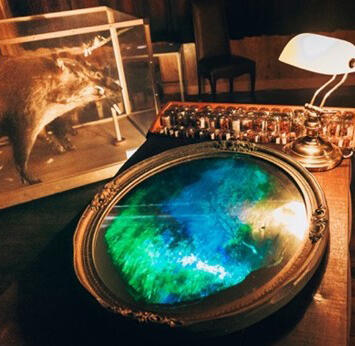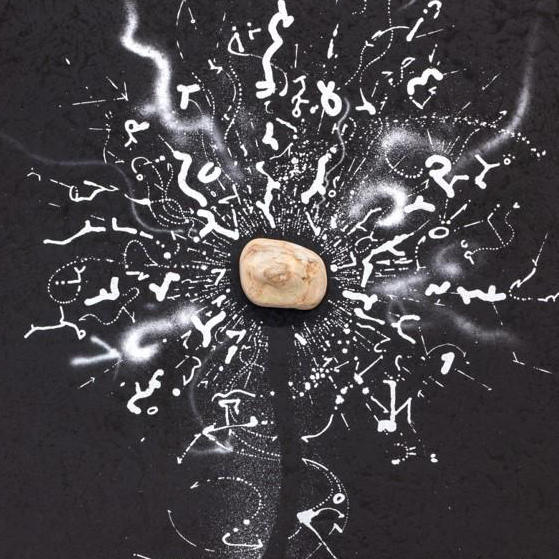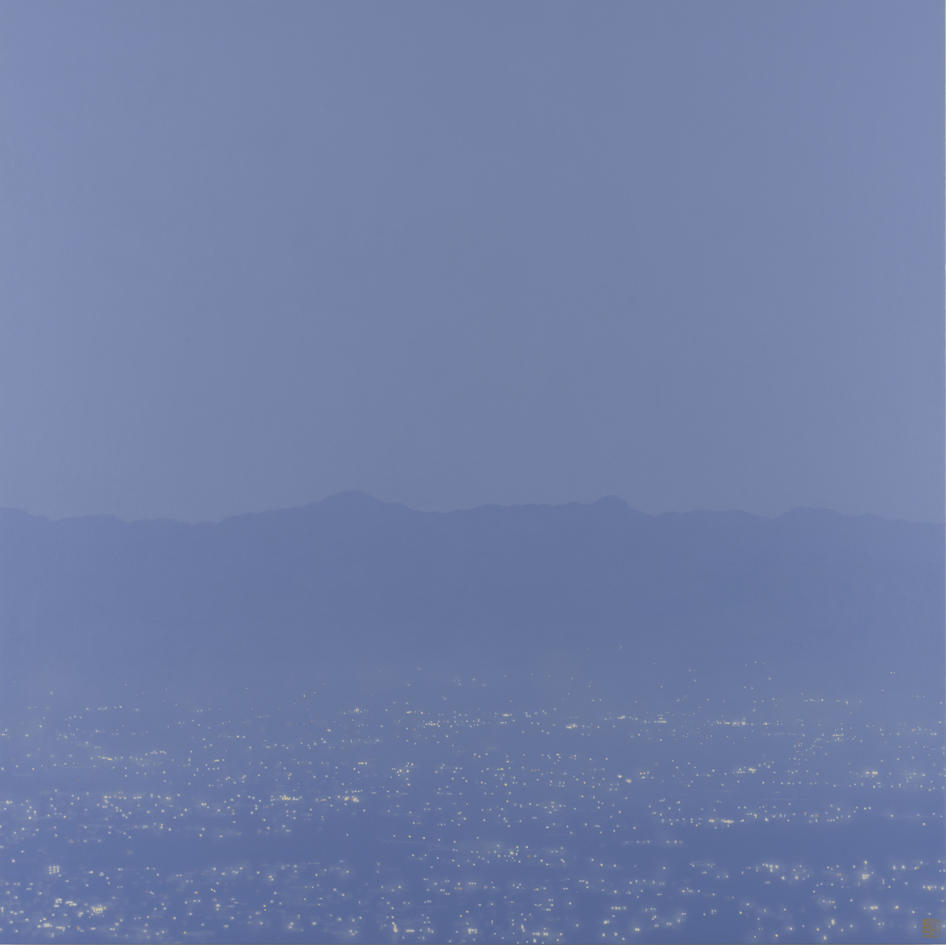Project
An interview of Yoshitaka Nanjo : Roots of travel / sea drop(Daikanyama)
Gallery
2019. May. 10(Fri) - 26(Sun)
Nanjo Yoshitaka is holding his solo exhibition in Art Front Gallery after two years from his last exhibition, which has connections to his installations in Setouchi Triennale 2019.
He used "salt" and "sand", which both are from Setouchi area, to visualize the accumulation of time instead of using previous material, soil. Also the artworks which visualizing the roots of exploring the journey through Ise Pilgrimage are exhibited in another room.
To know how these installations are connected and how they were created, we interviewed the artist.
| Date | 2019. May. 10(Fri) - 26(Sun) |
|---|---|
| Venue | Art Front Gallery, Tokyo |
| Setouchi Triennale2019 | Period: 2019. April 26 (Fri) - May 26 (Sun) / Places: Shamijima Area, Kagawa https://setouchi-artfest.jp/artworks-artists/artworks/shamijima/278.html |
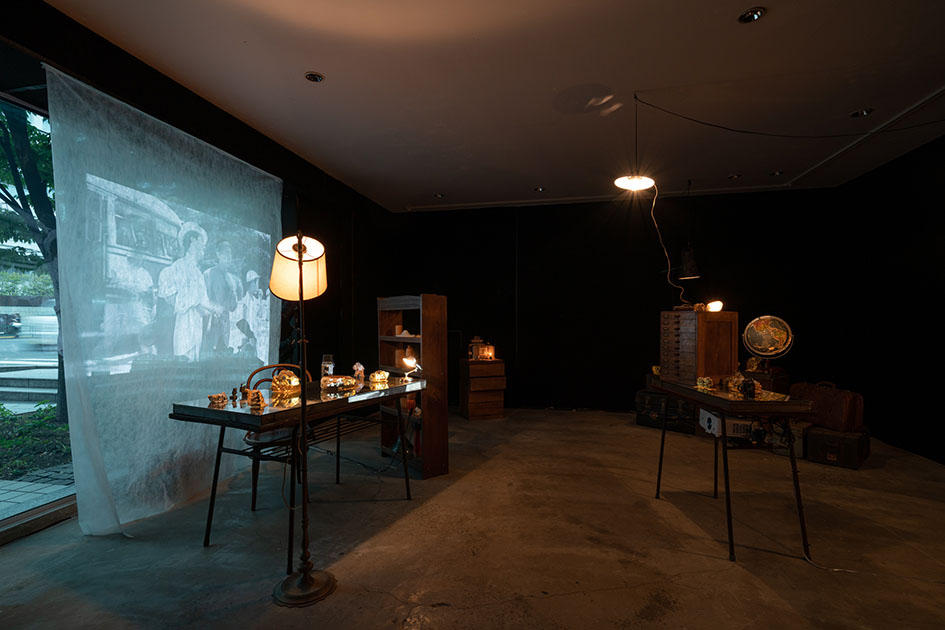
Room-A "Roots of travel", 2019, Art Front Gallery, Tokyo
Staff from Gallery (G):
This exhibition is linked to the artworks exhibited at the Setouchi Triennale, and another installation is questioning the root of journey. What triggered you to use such new materials, salt and quartz?
Nanjo (N):
This is my 3rd solo exhibition in Art front gallery. Now, I am exhibiting my work in Setouchi Triennale 2019 as well.
I had been using “soil” as my main material until last time. However, I am using new materials such as “water” and “salt” for my artwork this time. I am using water drop and salt crystal in my installation.
I have been producing my artworks through travelling from my youth to have inspiration for my art. Now, I live in a city near Nachi that is famous for water fall. After moving there, I had been wondering that if I can produce my artwork without using soil which is a familiar material for me.
One day, my daughter showed me a piece of quartz from her excursion class to know the local history. Then, it was interesting for me to know more about quartz and I started my own research about it. I also visited in the city hall and quartz mine. All of the works int the exhibition is from mines, and those represent the accumulation of time from pure grown quartz on the spot. This was the beginning of creation.
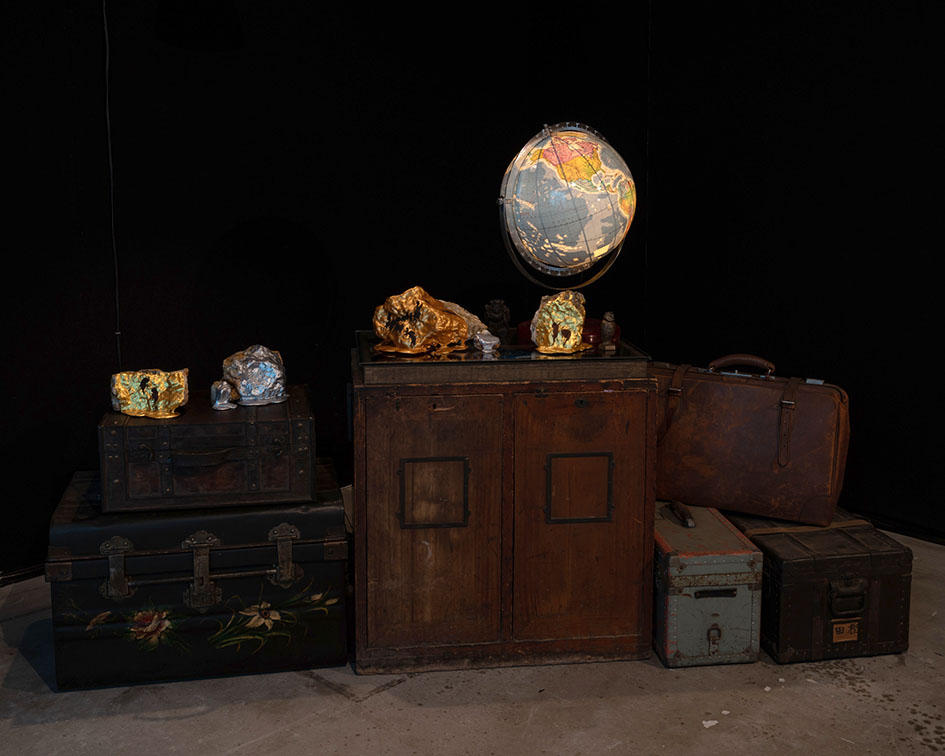
Room-A "Roots of travel", 2019, Art Front Gallery, Tokyo
N: People drawn in the video are the silhouettes of the Ise Pilgrimage. Once in every fifty years, the people took vacation for the grand pilgrimage for Ise bringing back with new fashion, music to be shared with their family waiting at home. (I can’t understand Japanese) It seems to become the root of culture of souvenir which spread all over Japan afterwards.
When I visit abandoned houses for the art festivals that have not lived for 10-20 years, I found dusted souvenirs placed in the bookshelves or cabinet. In such a situation, the memory of journey can be kept to the end, and became the direction of the exhibition. In fact, I was allowed to enter an empty house in Kita-Shinjuku on the first day of installation, and I received a dusted desk.
There are places where the theme of time is to use quartz. Water drops fall in the Setouchi Triennale's work. There was also a time when water droplets themselves played the role of a watch. When current is applied to the quartz crystal vibrating needle in the quartz watch, it shakes about 30000 times per second. That has become a unit of one second and has been used in the world for a long time. In other words, quartz itself means time.

Room-A "Roots of travel", 2019, Art Front Gallery, Tokyo
G: This time your child's discovery led to the discovery of the area.
I think this installation shows the roots of what Japan's journey is shaped. These golden artworks are sold separately or as an installation.
By the way, the film was created by the tourist office of Mie Prefecture, and received the highest award as a tourist image work about 60 years ago. This is a content to promote sightseeing in Mie Prefecture using the image of Ise pilgrimage. You can see this from outside the gallery. It is bright in the daytime, so it cannot be seen clearly, but when it gets dark a little, the light and images inside will be seen overlapping. It is also a form that can be transmitted as a screen as one element. There are many darkrooms in the work of Nanijo, but how to show the darkrooms outside is one of the new attempts this time.

Room-B "sea drop(Daikanyama)", 2019, Art Front Gallery, Tokyo
G: Some people may have already seen it in Setouchi, but this time, Mr. Nanijo is exhibiting at Shami Island in Kagawa Prefecture. In this Room-B, I think that you may feel that element, but in the gallery space away from Setouchi, it is a work that adds the "notion of the place".

"sea drop" in Setouchi Triennale 2019, Shamijima Area, Kagawa
N: I am born in Sakaide City, Kagawa Prefecture. In the entire Seto Inland Sea, it was once land where salt pan was very active. I learned that from the time of elementary school, but there is a memory that I always play in salt pan, with the recognition that there are plenty of vacant areas in my neighborhood.
At Kagawa, I thought about the land for the first time when I was to make something at that place. While collecting salt pan materials, I was surprised at the fact that the scenery, time, was quite different under the current city scenery. From this point on, I found out that relatives and my great grandmother also worked in salt pan, and my childhood memories and memories of grandmother working in salt pan gradually connected.
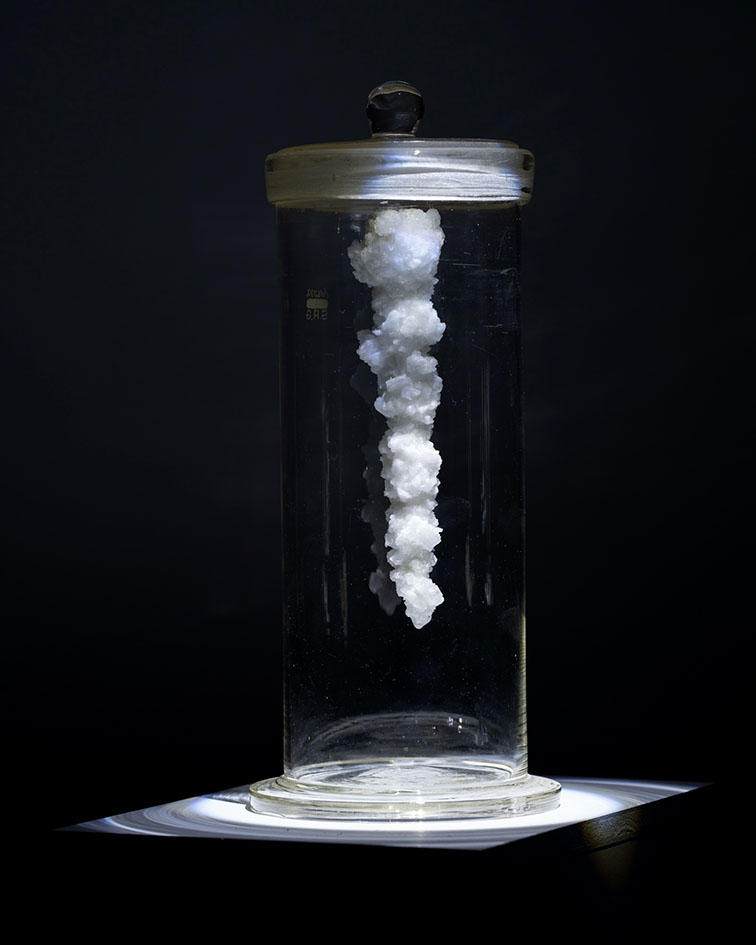
Room-B "A moment of Sea drop ", 2019, Art Front Gallery, Tokyo
N: Then I wanted to shape something like time accumulation of transparent memories, and time was accumulated. First of all, it seems that the salt is icicled and melted from the top. The saltwater and water dissolved, and the time it was made was expressed with icicles. And I'm trying to fix in this moment something that is likely to drip next. On the other hand, the image below is designed to keep moving. It raises the question of how to repeat that time.

"Sakaide City" 2019, soil, acrylic and sumi ink on panel and cotton etc.
G: In the next room, late art pieces dated 2016 and 2017 as well as two-dimensional works created recently at the occasion of Setouchi Triennale.
N: The artwork, “Sakaide city” is using the 100 years ago scenery of the city. It is the salt farm which is covered by soil nowadays. In my art piece, the salt crystals were drawn on the depicted landscape. Now, we only have one salt farm and I took some soil as pigments from the place.

"Shamijima" 2019, soil, acrylic and sumi ink on panel and cotton etc.
N: This is the symbolic tree of Syami-Island.

"Sai-ji" 2017, soil, acrylic and sumi ink on panel and cotton etc.
N: When I was living in Kyoto, I found the trace of the Gate of Heian Palace which used to exist 2 meters beneath current soil level. It is just 2 meters, however, I felt it is very long if I focus on time. Since tenth century, the time for accumulation of soil accelerates when the mankind live on the soil. I am interested in the fact that aging or accumulation of soil differs when the mankind acts on the soil. This experience made me to create “Sai-ji”.
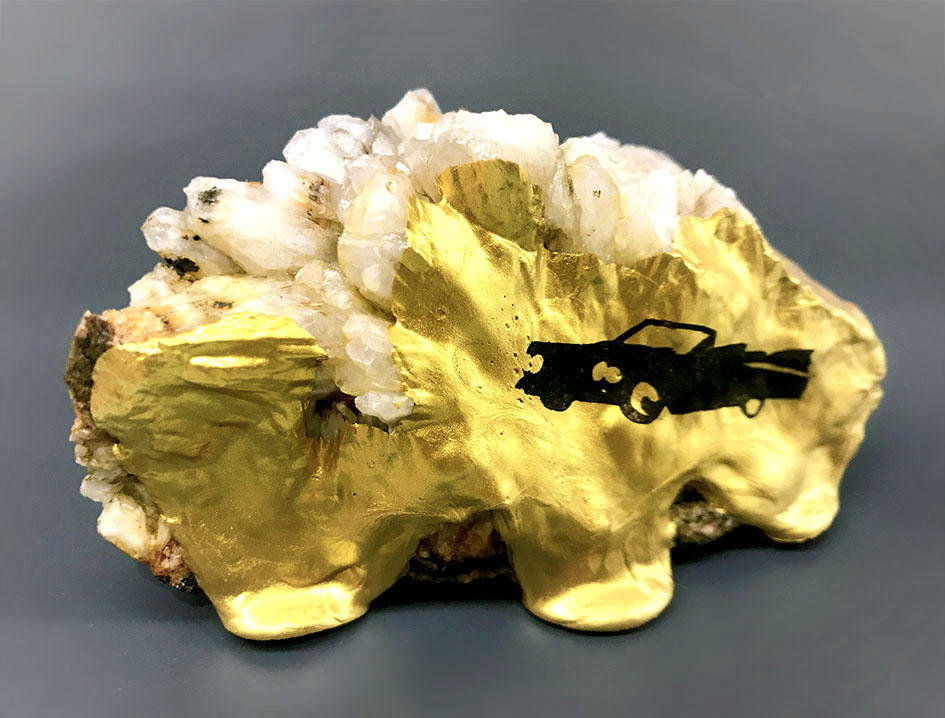
G: Quartz works are also exhibited in the business meeting room. The motif drawn is a vehicle related to travel, such as an airplane.
Even if Nanjo's flat work is in the form of a canvas, you can taste the history of the land, use the soil as an art material, and pay attention to the location added to the painting.
Artists
Related News




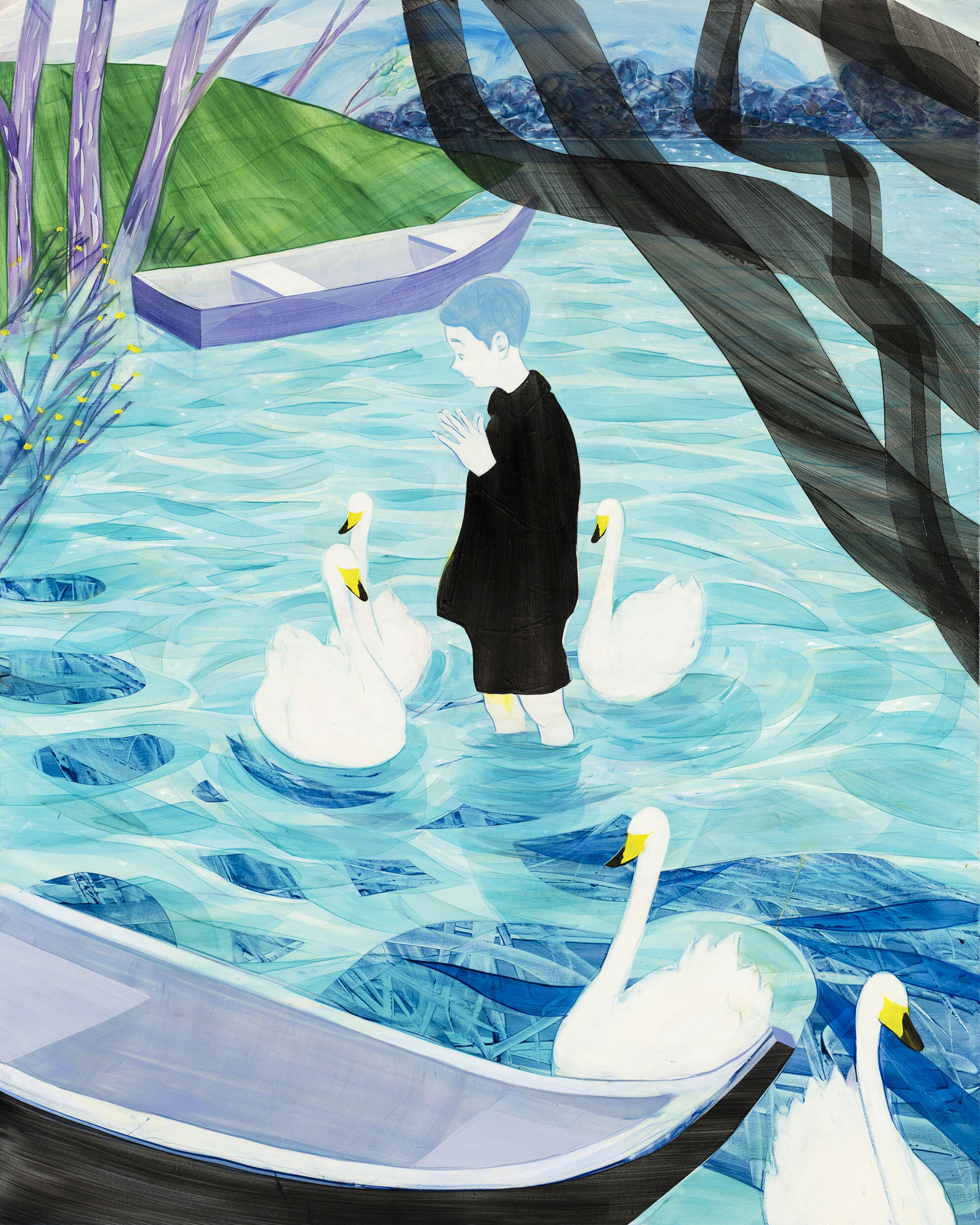
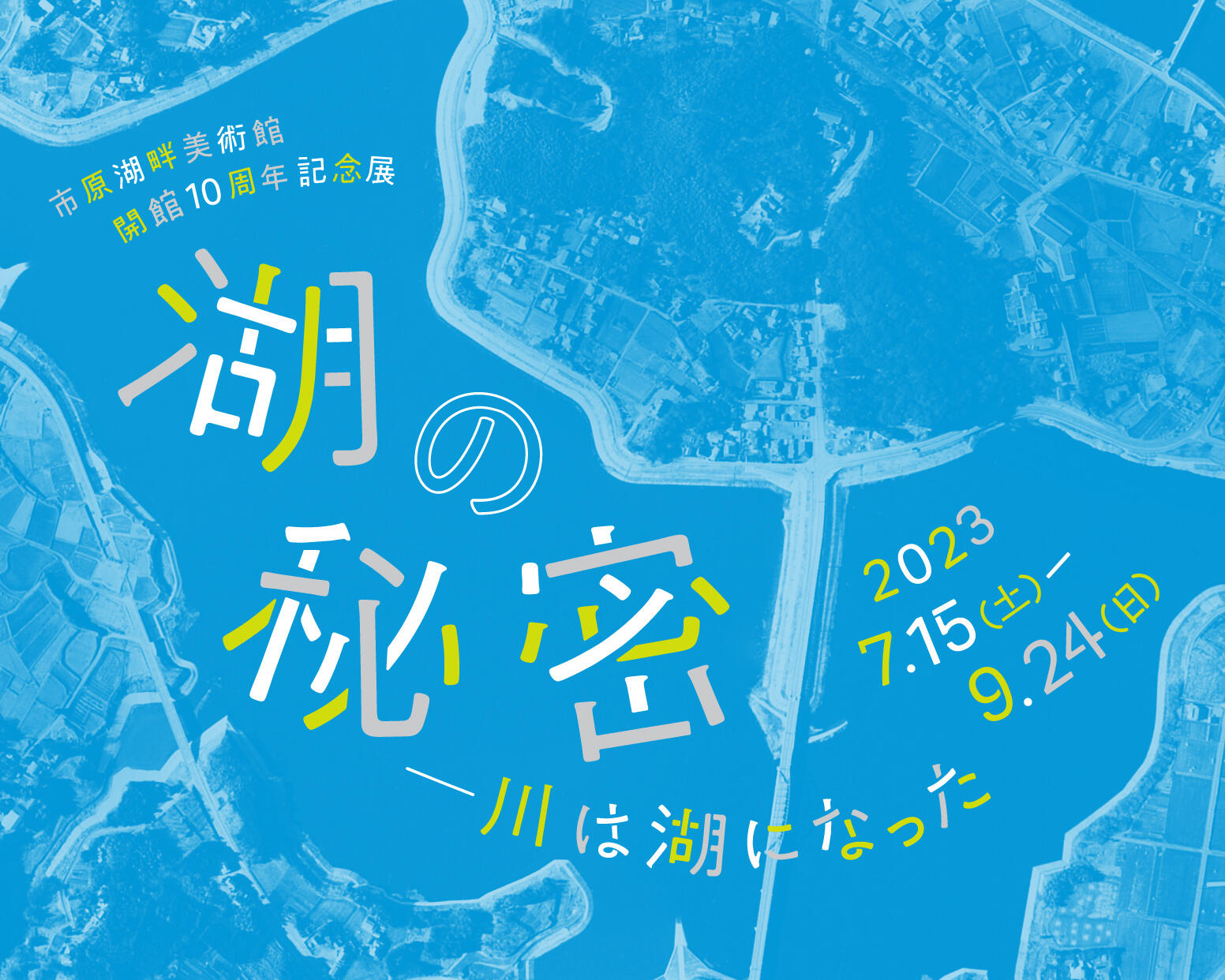

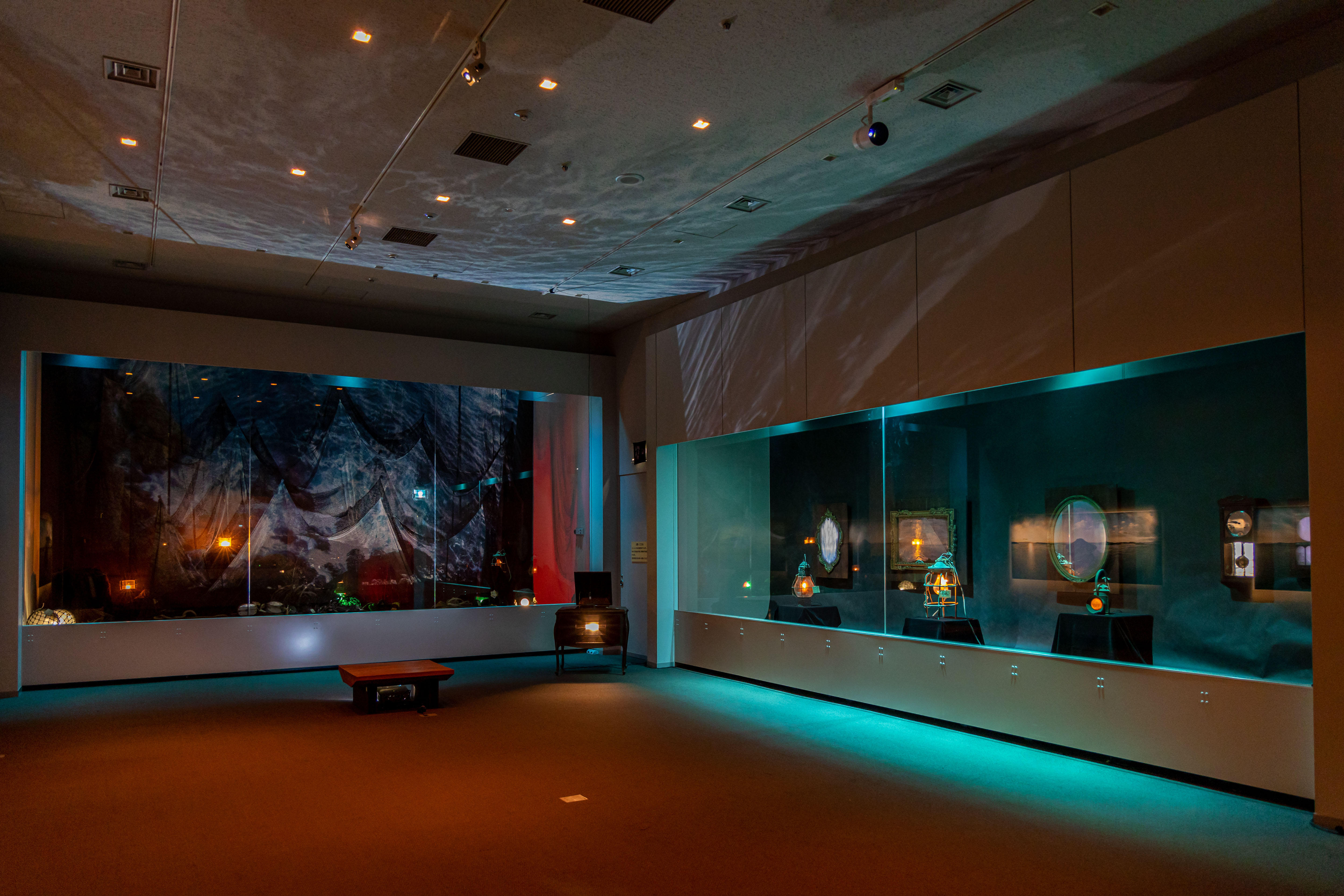
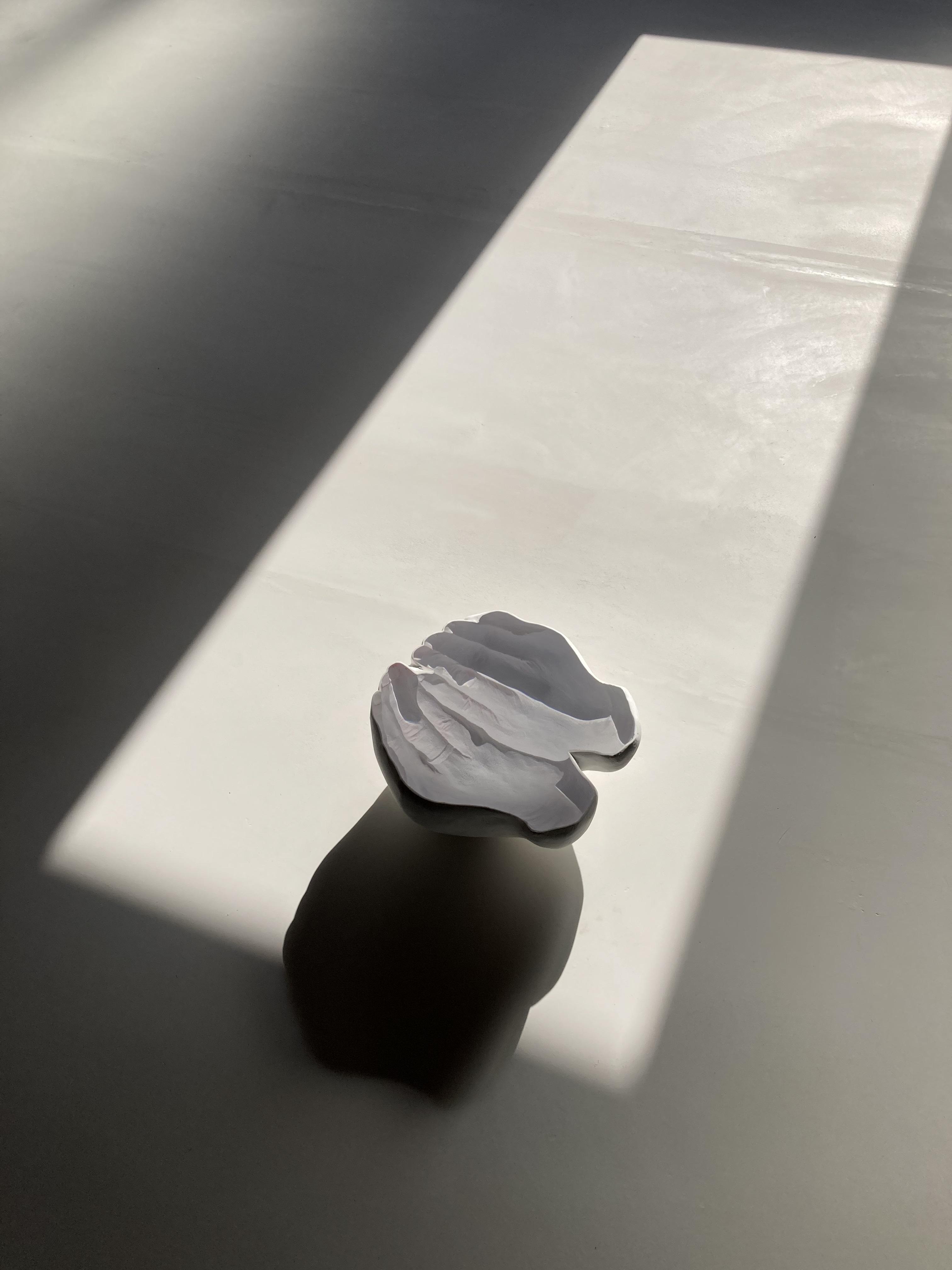
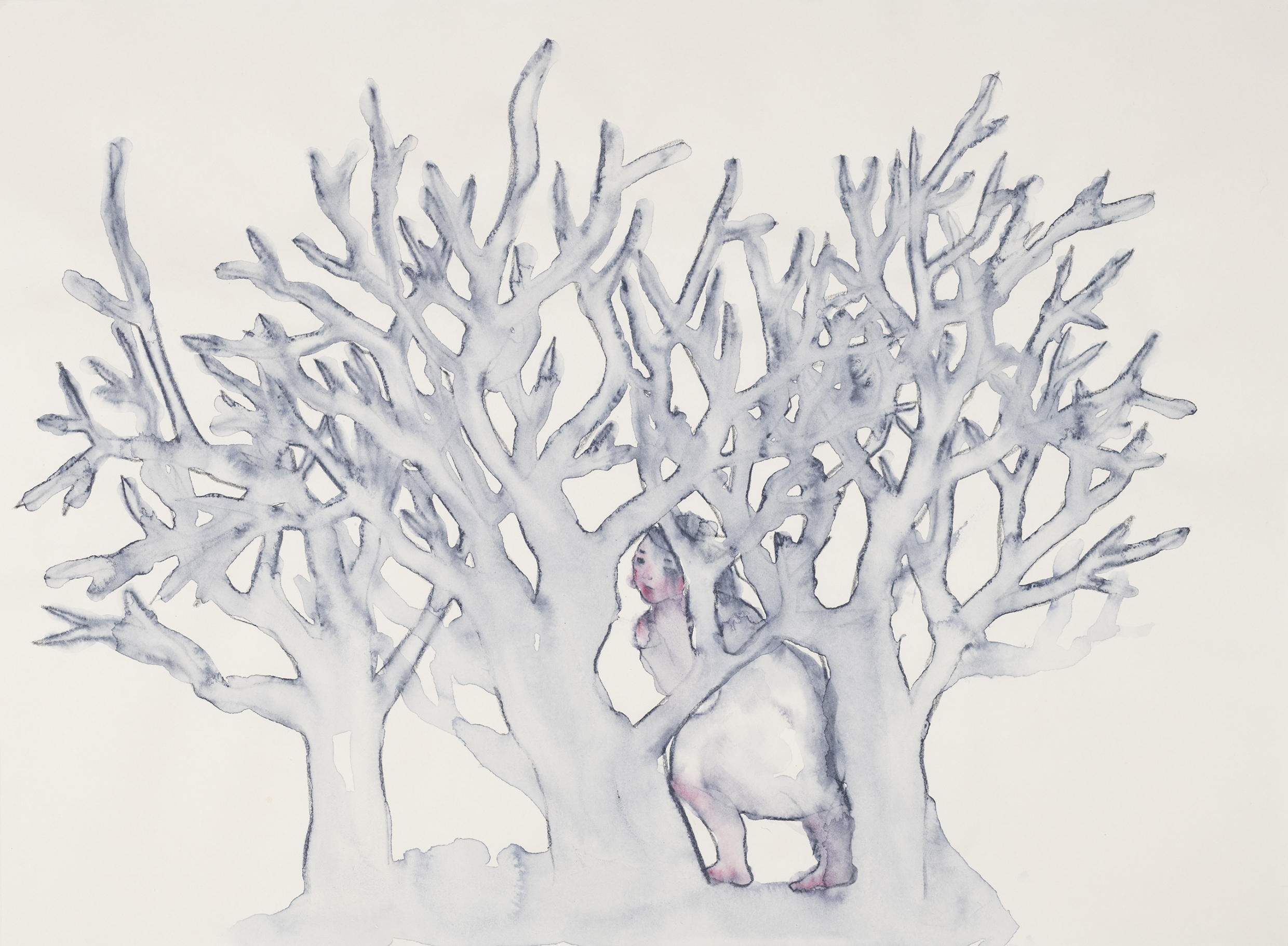
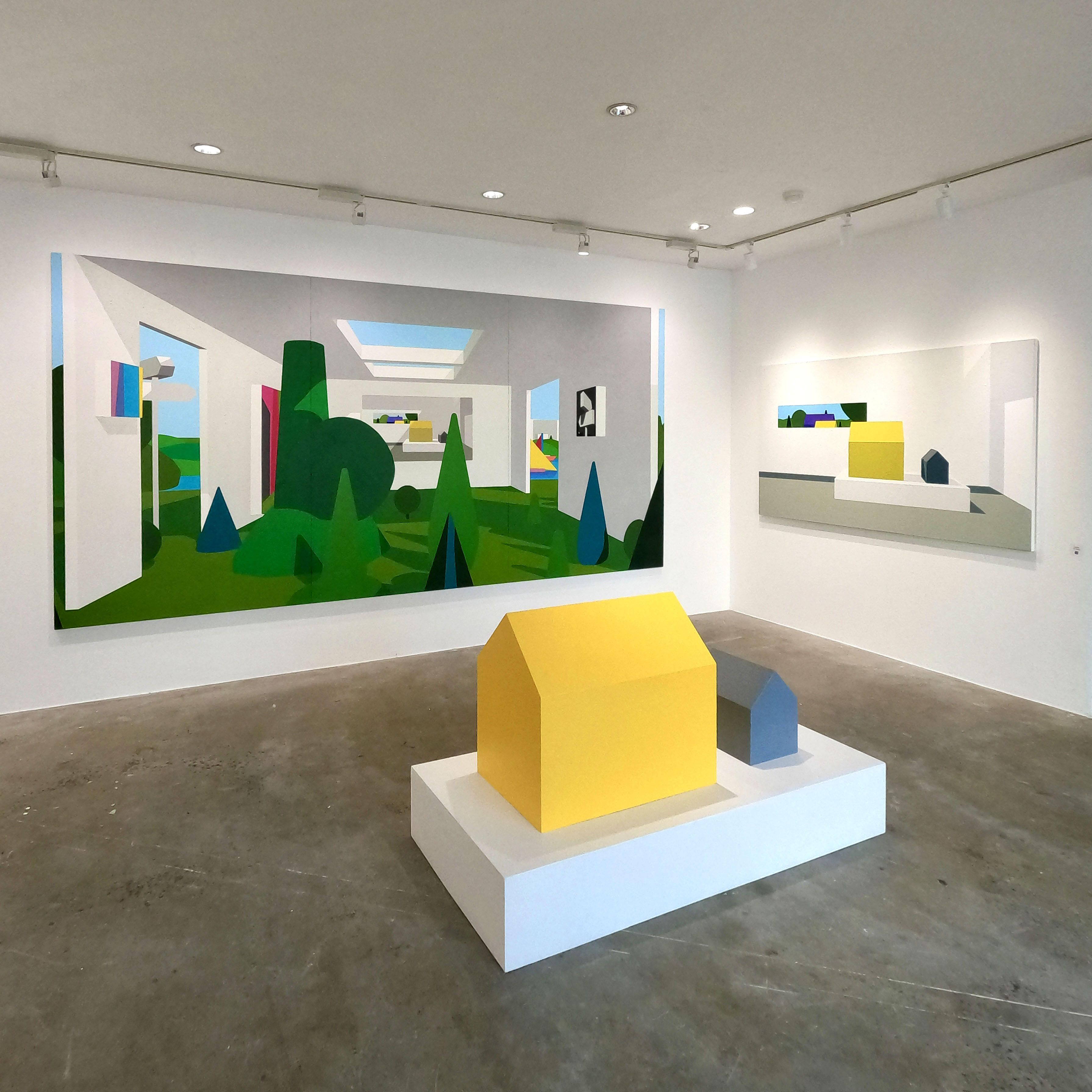
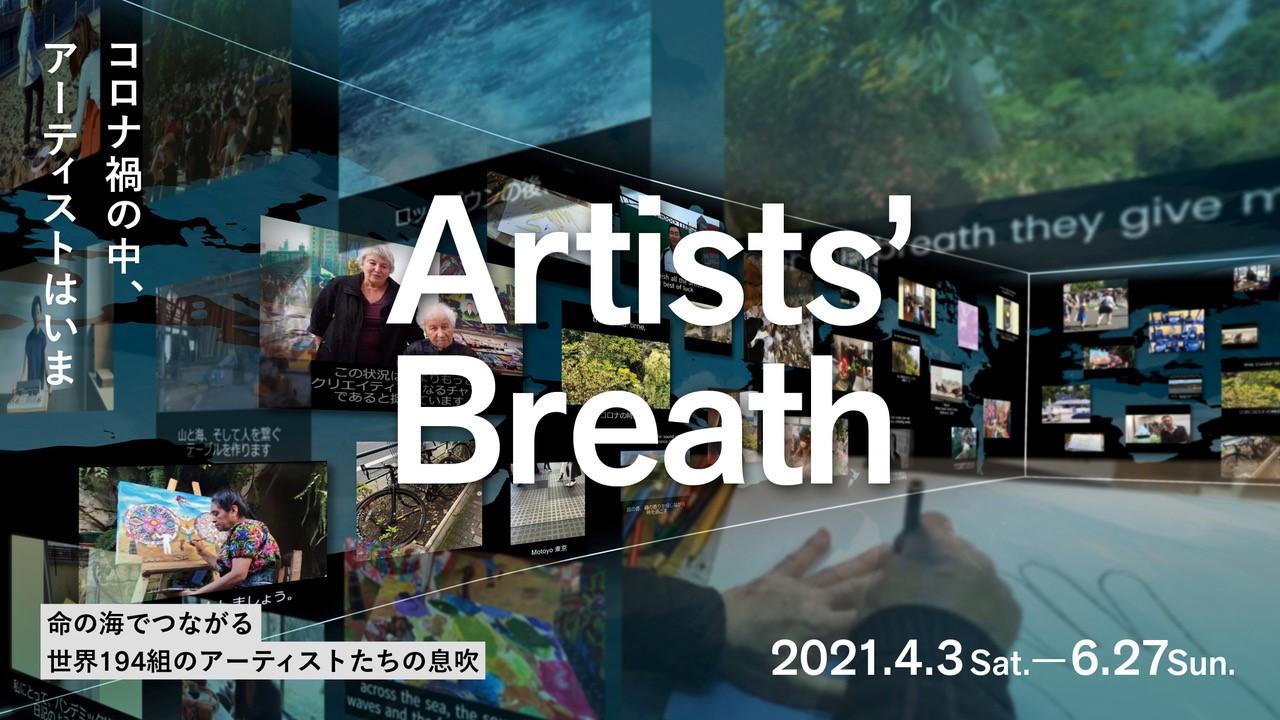
![[session extended] Related Exhibition of ART SETOUCHI @ DAIKANYAMA T-SITE anjin café](https://artfrontgallery.com/whatsnew/assets_c/2019/07/51b443e36450b17840c8fd878ff5b7350ac9f4c6-thumb-945x945-6744.jpg)
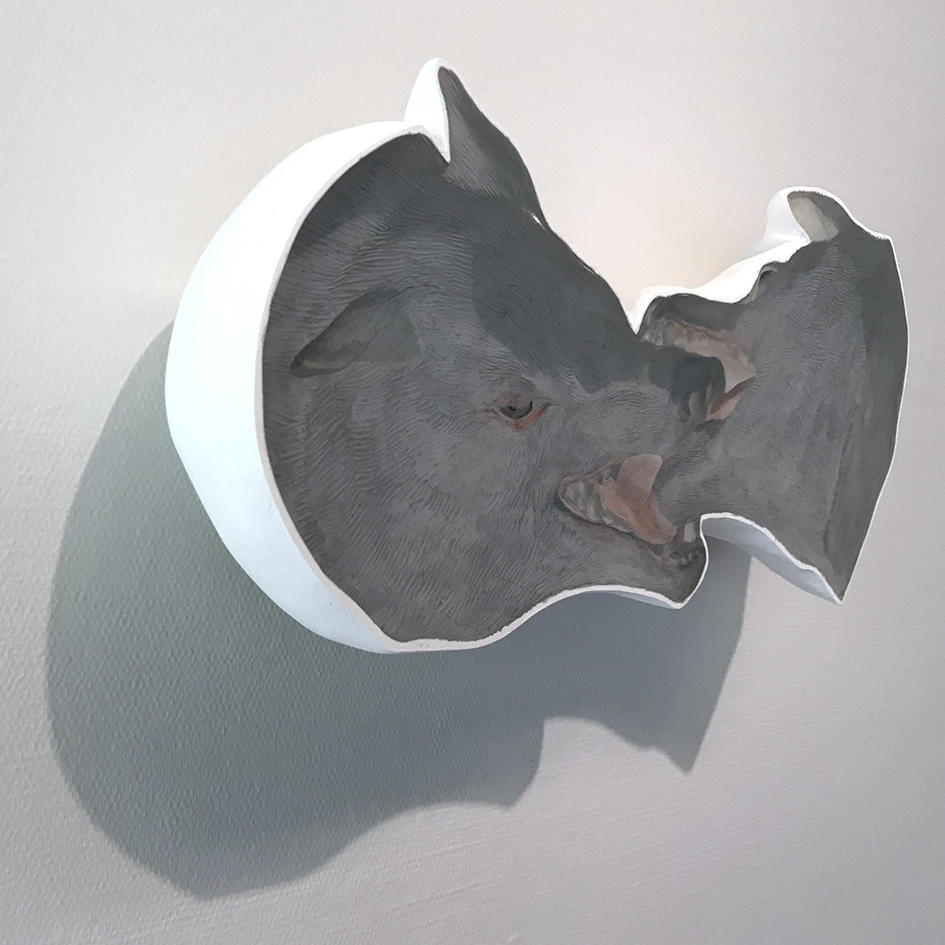


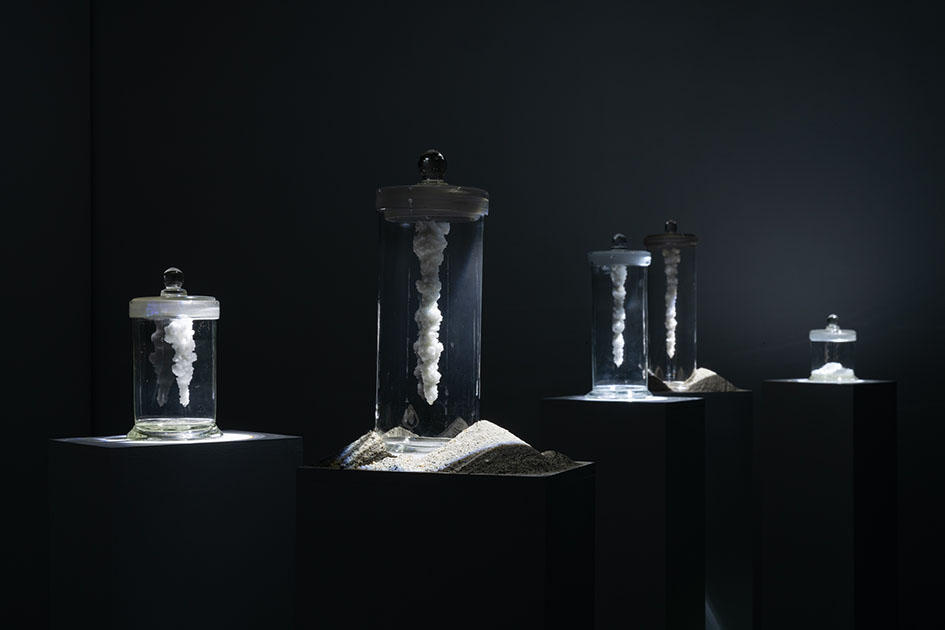





Related Exhibition

